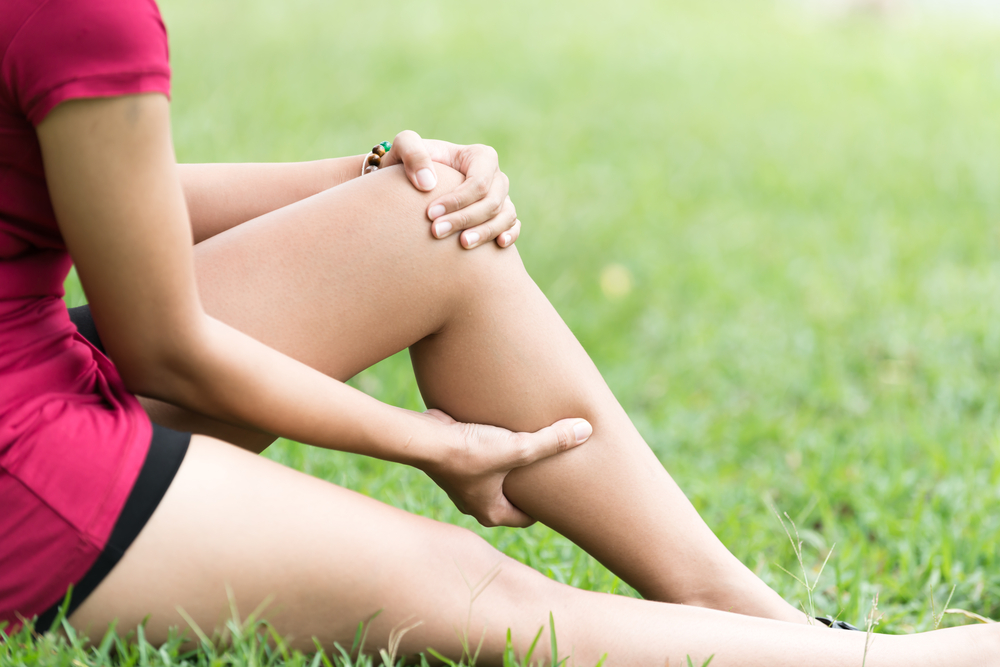Your legs are responsible for getting you from place to place every day, but their job can become much harder if you’ve developed knee and calf pain.
Feeling pain in these areas isn’t that unlikely; medical studies reveal that about 25% of Americans suffer from frequent knee pain, and calf pain affects about 50% of pregnant women. People who do certain activities are more likely to develop knee and calf pain, and physical therapists can help you learn what some of these activities are. In addition, they can help you find top-notch treatment for your pain.
These activities can increase your risk of knee and calf pain
Many activities make use of both your knees and calves, but some activities can put excessive strain on both these structures and cause discomfort. A few activities that can increase your risk of knee and calf pain include:
- Leg exercises — Proper form is vital when doing leg exercises like squats. Poor form can leave you open to many issues that can cause calf or knee discomfort. Also, not adjusting exercise machines properly can increase your injury risk as well.
- Running — Few activities seem like they should be more natural than running. However, many people have underlying issues that cause running gait problems. In turn, gait problems can trigger more serious issues in your calves, knees, hips and lower back.
- Cycling — Cycling is seen as a cardio exercise option that puts less strain on your knees and legs. But people who try to do too much cycling at once can still develop knee and leg problems. Furthermore, not adjusting your road or stationary bike properly can increase strain on your leg muscles and joints, which can trigger pain.
What can physical therapists do to treat your knee and calf pain?
Dealing with knee and calf issues that are causing you discomfort is something a physical therapist can help you with. These specialists are trained to treat musculoskeletal disorders, including those that affect leg soft tissue and joints. Some therapy techniques that therapists can use to treat your aching knee and calf include:
- Running gait analysis designed to pinpoint problems with your running stride.
- Therapeutic exercises that can stretch and strengthen soft tissue around the knee or in the calf.
- Muscle energy techniques that allow therapists to use their hands to lengthen shortened calf muscles and mobilize stiff knee joints.
- Dry needling intended to break up myofascial trigger points in leg soft tissue.
Find effective treatment for your knee and calf pain at SSOR
Struggling to find help for knee and calf pain? Our team at SSOR can help you end the struggle against your pain. We offer free screenings that can help reveal the source of your leg pain. Furthermore, our physical therapists are adept at building personalized therapy plans intended to reduce pain and prevent its return. You’ll also be able to get physical therapy from us in your home by using our virtual therapy and at-home care services.
Contact us today for more information about how we can treat your leg pain or to schedule an initial appointment.

